The infographics of tyranny exposed in a new handbook
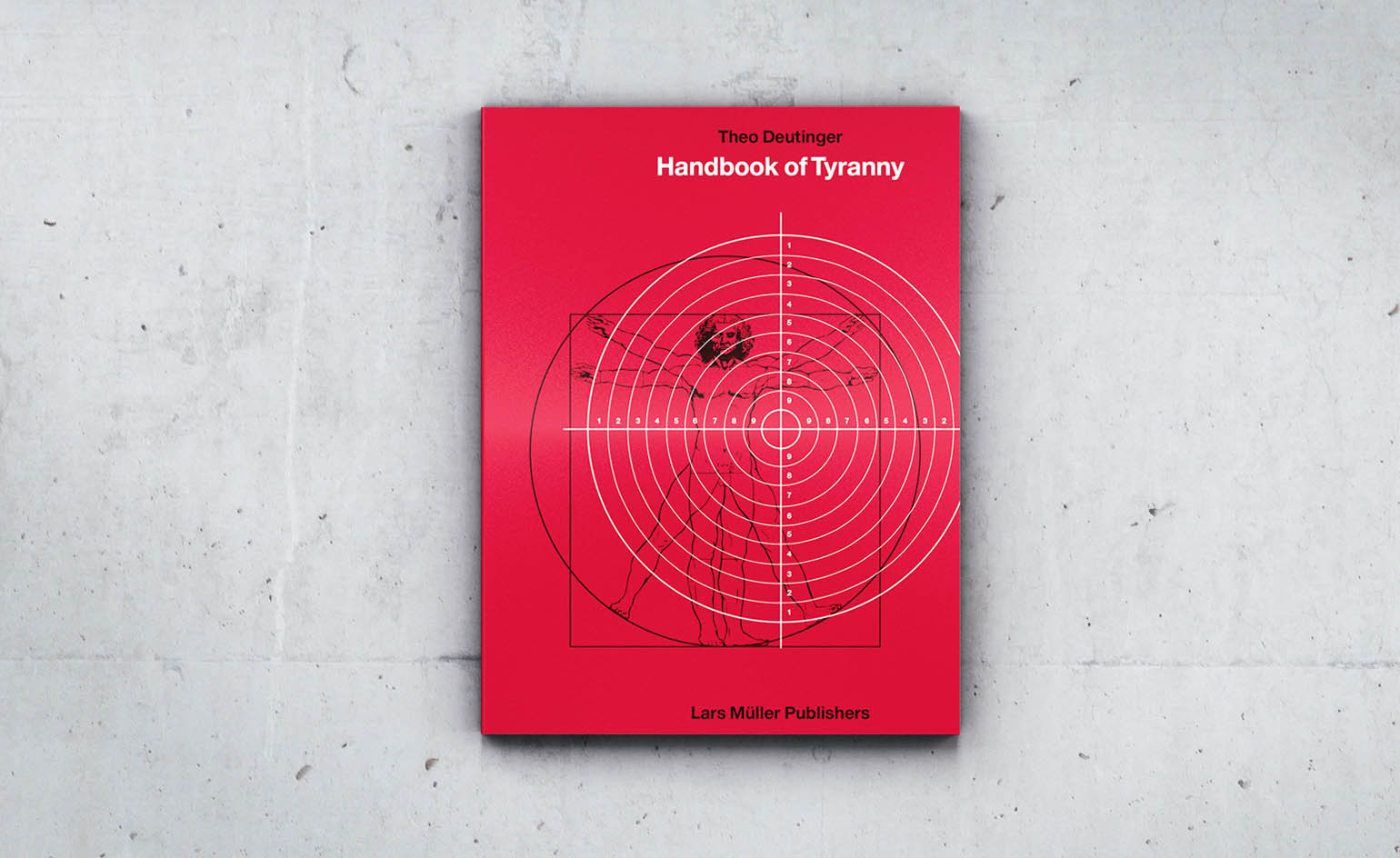
The infographic has a lot to answer for. Conceived as a means of conveying lots of data in an easily digestible format, it has evolved into a lazy substitute for meaningful content. At first glance, The Handbook of Tyranny is simply more of the same, a slim volume of maps, charts, graphs and diagrams that one presumes is a substitute for a more substantive discussion.
Created by the architect and designer Theo Deutinger, the Handbook should probably be subtitled ‘brief glimpses into our hideous world,’ for it brings home the worst aspects of modern life, rendering the banality of evil like a spreadsheet. With chapter headings like ‘Walls & Fences’, ‘Refugee Camps’ and ‘Crowd Control,’ you know you’re in for a deep dive into the structures and systems that control our world - some obvious, some not.
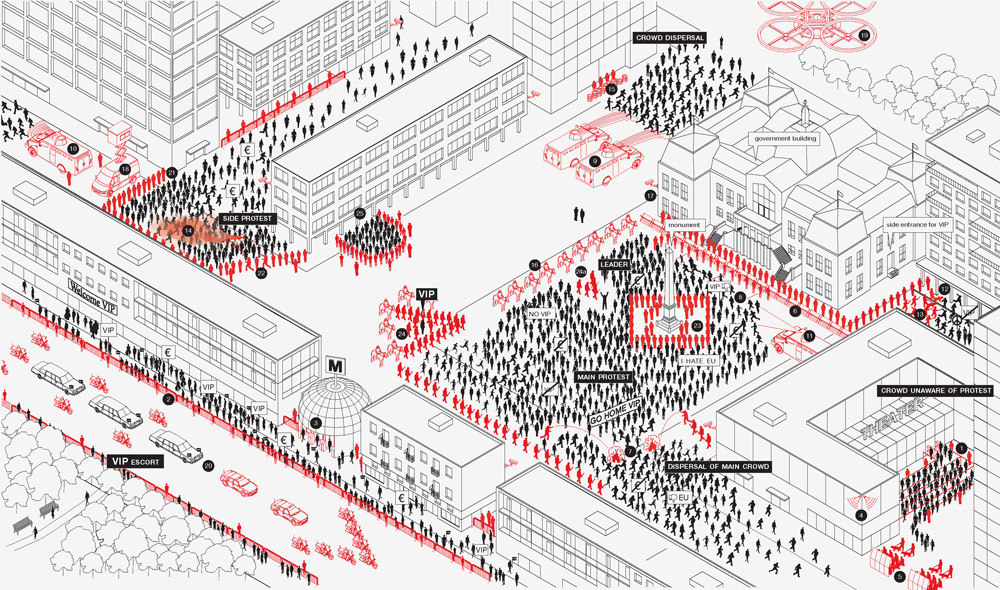
Infographic displaying how crowds are controlled during a protest, in real time
The breadth of information here is never less than fascinating. Discover which 14 countries ‘welcome every citizen from any country in the world with a valid passport without any visa restrictions,’ or the myriad designs for keeping people out (and in) of the world’s many contested and conflicted border zones.
This is a graphic project rich in hidden history and unsavoury elements. Aficionados of graphic design will be fascinated by the iconographic breakdown of the flags and logos of the world’s most notorious terrorist groups, from ETA to ISIL, but the shock value of a refugee camp map of Africa is much greater.
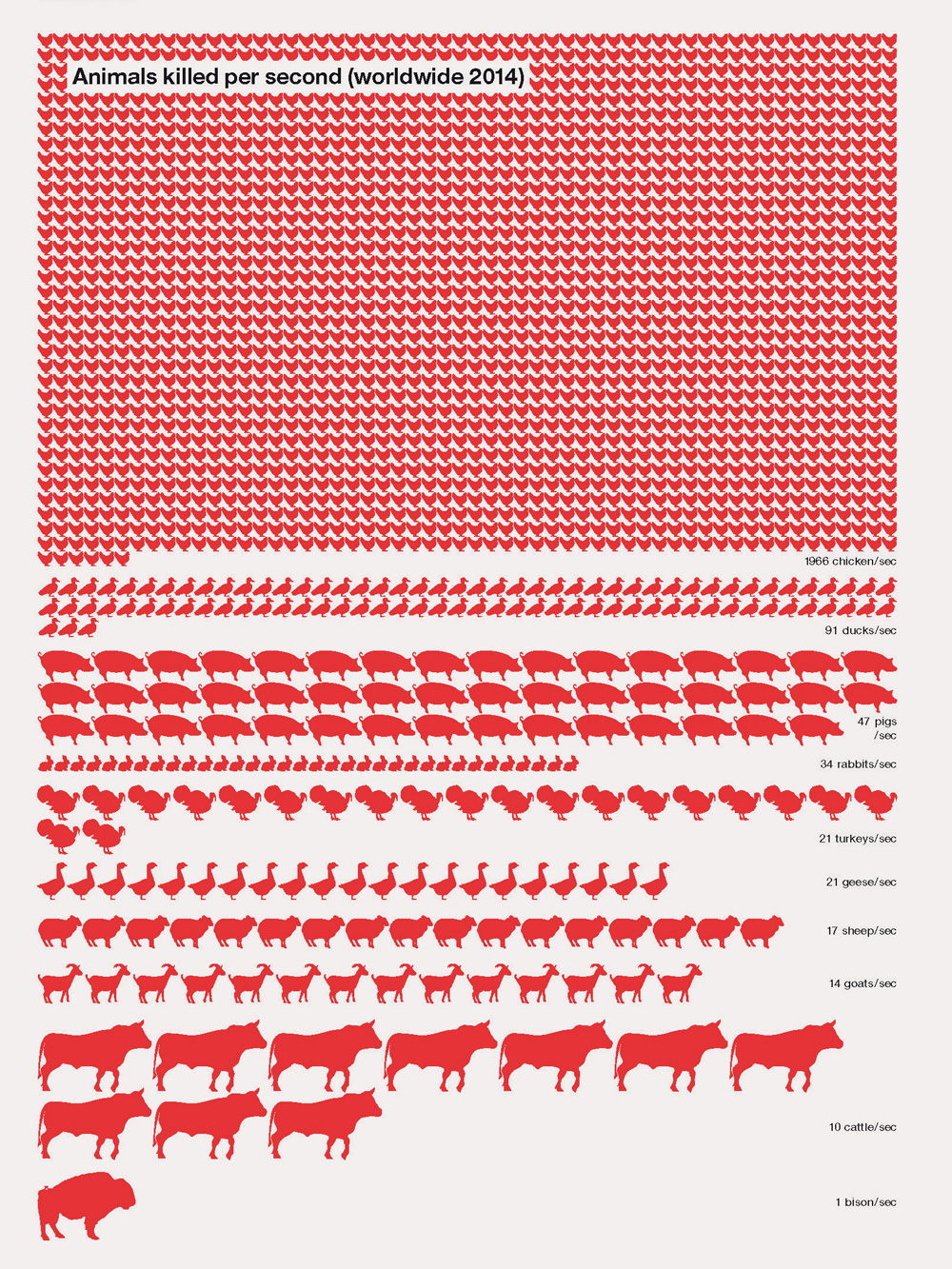
Infographic displaying how many animals are killed per second world wide
Of course, the two subjects are inextricably linked and that’s one of Deutinger’s main points – these are all systems and structures that have sprung up around the world to perpetuate cruelties and conflicts. They range from the everyday (the myriad ‘defensive’ designs that litter the city to deter the homeless, skateboarders, the suicidal terrorist etc) through to the deeply unpleasant (the ‘death penalty’ fold out double page is not for the faint-hearted).
After a depressing diagrammatic trudge through the planning, function and output of the world’s animal slaughterhouses, the reader finally reaches a small pocket of post-industrial paranoia/optimism (delete according to your outlook). Deutinger’s plans for a ‘Green Fortress’ are a slightly tongue-in-cheek proposal for the ardent eco-survivalist, keen to shut themselves away from the tyranny outside.
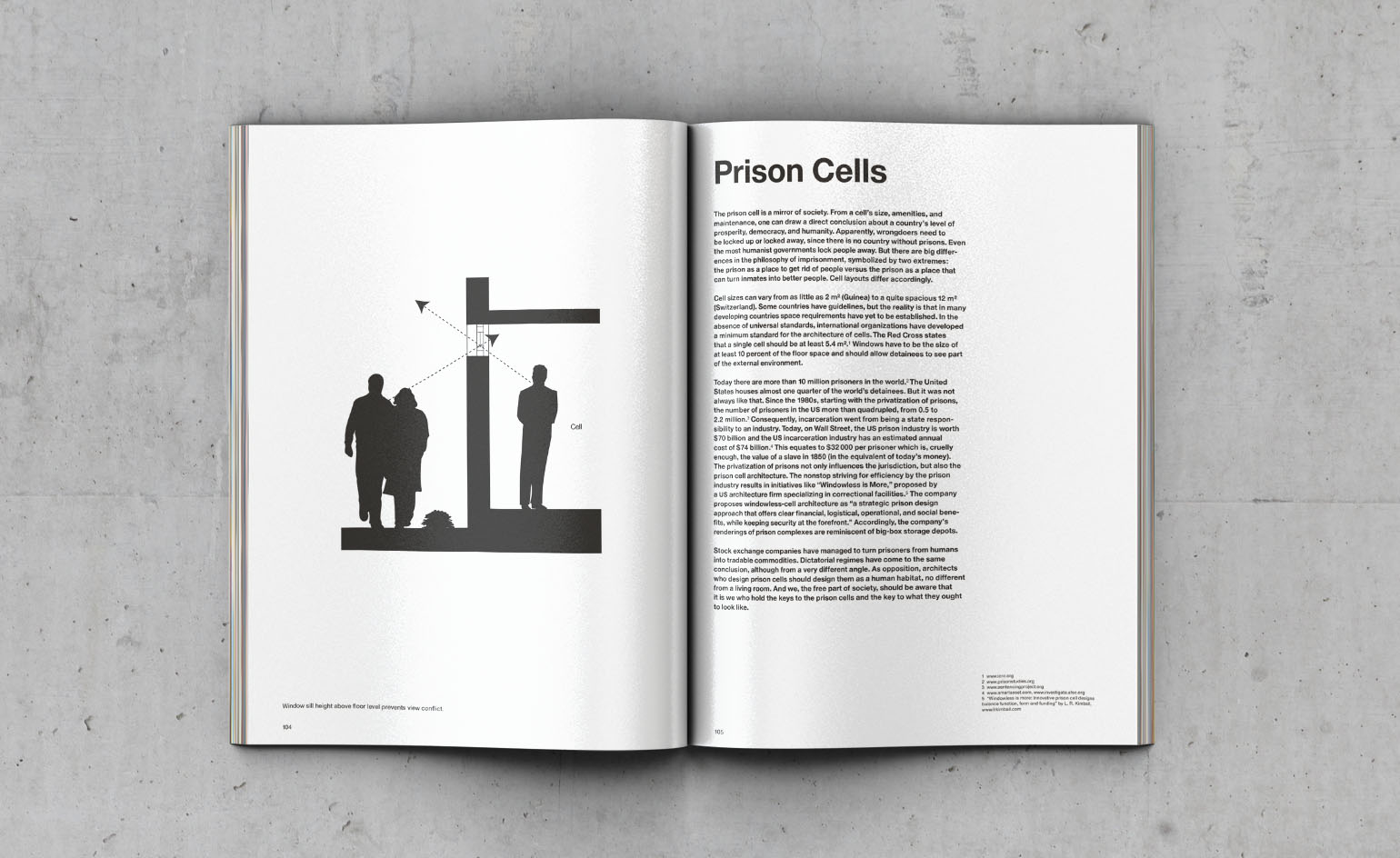
Infographic displaying the design of a prison cell, in which the window is placed at a height where people cannot see eye-to-eye
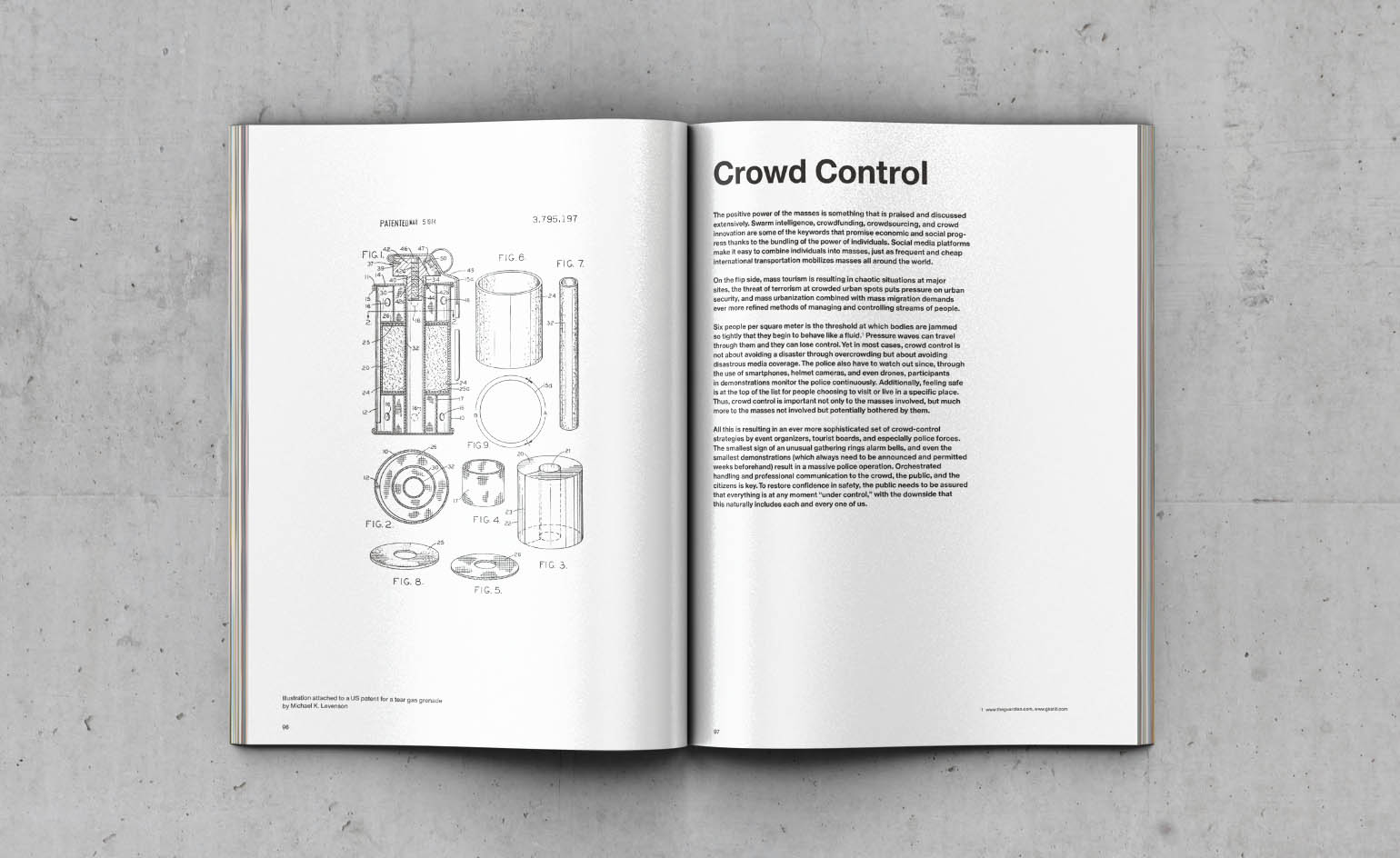
Illustration attached to a US patent for a tear gas grenade by Michael K. Levenson
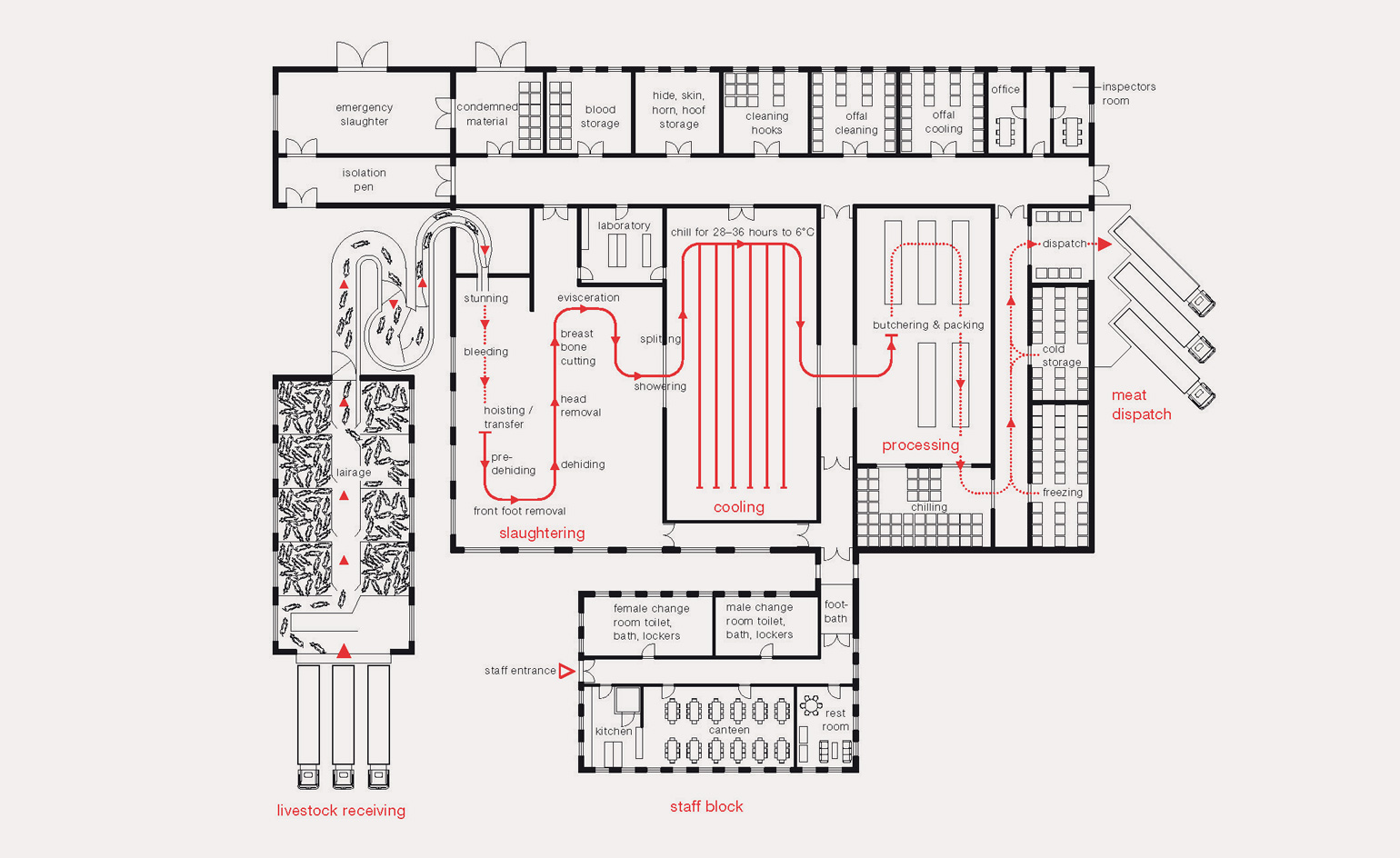
Floorplan of a slaughterhouse
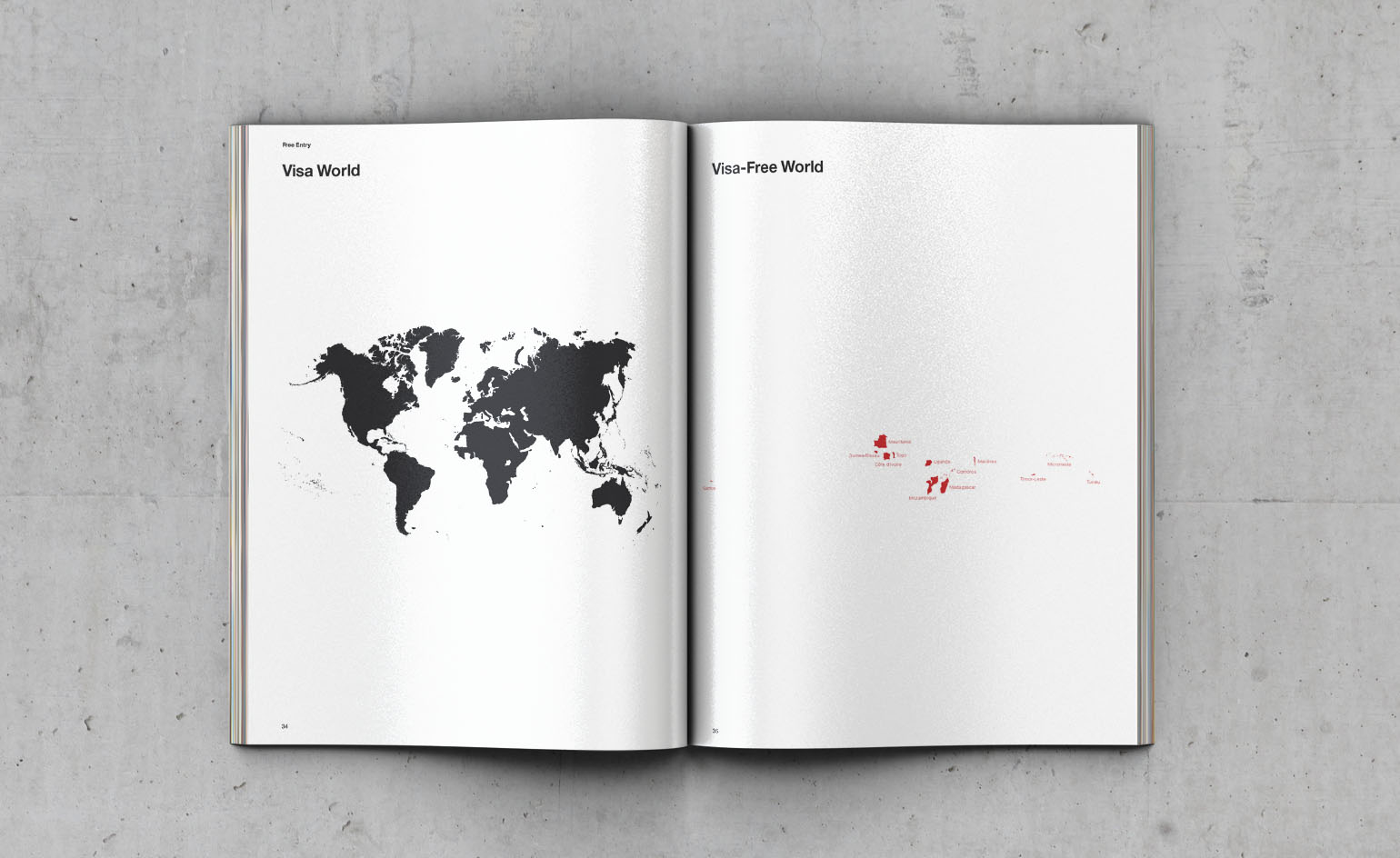
Infographic displaying the places in the world that you can enter without a visa (red), and those where a visa is required (black)
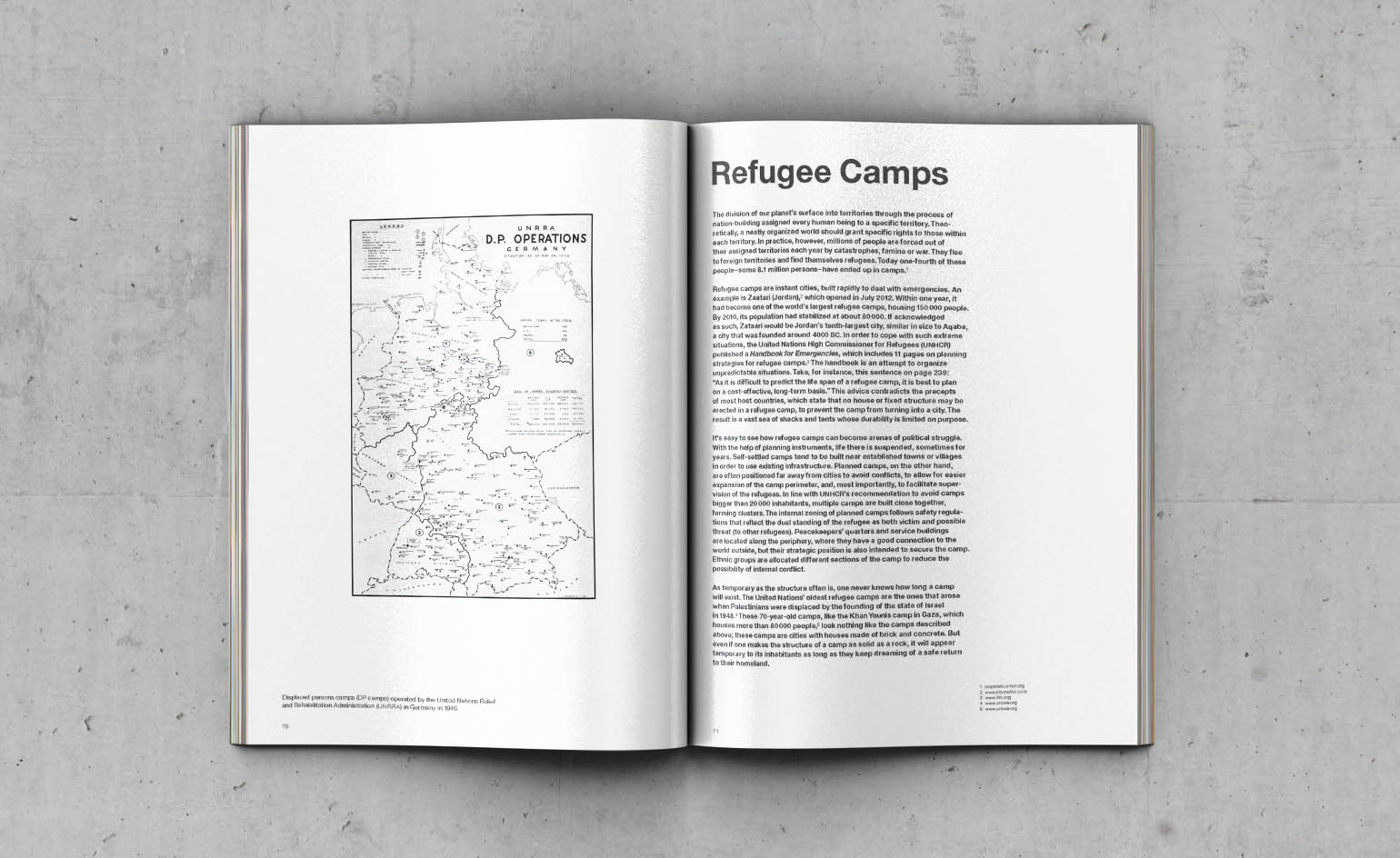
With chapter headings like ‘Walls & Fences’, ‘Refugee Camps’ (pictured) and ‘Crowd Control,’ you’re in for a deep dive into the structures and systems that control our world

Map of refugee camps around the world
INFORMATION
The Handbook of Tyranny, by Theo Deutinger. Published by Lars Muller Publishers, £25
Wallpaper* Newsletter
Receive our daily digest of inspiration, escapism and design stories from around the world direct to your inbox.
Jonathan Bell has written for Wallpaper* magazine since 1999, covering everything from architecture and transport design to books, tech and graphic design. He is now the magazine’s Transport and Technology Editor. Jonathan has written and edited 15 books, including Concept Car Design, 21st Century House, and The New Modern House. He is also the host of Wallpaper’s first podcast.
-
 Put these emerging artists on your radar
Put these emerging artists on your radarThis crop of six new talents is poised to shake up the art world. Get to know them now
By Tianna Williams
-
 Dining at Pyrá feels like a Mediterranean kiss on both cheeks
Dining at Pyrá feels like a Mediterranean kiss on both cheeksDesigned by House of Dré, this Lonsdale Road addition dishes up an enticing fusion of Greek and Spanish cooking
By Sofia de la Cruz
-
 Creased, crumpled: S/S 2025 menswear is about clothes that have ‘lived a life’
Creased, crumpled: S/S 2025 menswear is about clothes that have ‘lived a life’The S/S 2025 menswear collections see designers embrace the creased and the crumpled, conjuring a mood of laidback languor that ran through the season – captured here by photographer Steve Harnacke and stylist Nicola Neri for Wallpaper*
By Jack Moss
-
 Nilufar turns its Depot space into a pop-up bookshop
Nilufar turns its Depot space into a pop-up bookshopNilufar Depot in Milan opens Bookings, a pop-up bookshop within the design gallery
By Rosa Bertoli
-
 Jasper Morrison’s new chair for Molteni & C is a tribute to lightness
Jasper Morrison’s new chair for Molteni & C is a tribute to lightnessJasper Morrison’s new ‘Tea’ chair for Molteni & C is a refreshing take on traditional dining chairs
By Léa Teuscher
-
 What is an original? A new Bauhaus exhibition investigates
What is an original? A new Bauhaus exhibition investigatesBy Giovanna Dunmall
-
 Graphic tributes celebrate the Design Museum’s 30th anniversary
Graphic tributes celebrate the Design Museum’s 30th anniversaryPaul Smith, Nathalie du Pasquier, John Pawson and more have riffed on the number 30 in punchy new logos
By Jessica Mairs
-
 Spanish designers question the concept of a book in New York
Spanish designers question the concept of a book in New YorkBy Laura May Todd
-
 Amorepacific HQ signage by Sascha Lobe wins Wallpaper* Design Award
Amorepacific HQ signage by Sascha Lobe wins Wallpaper* Design AwardBy Jonathan Bell
-
 Sharjah gains a new graphic design biennial set inside a former 1970s abandoned bank
Sharjah gains a new graphic design biennial set inside a former 1970s abandoned bankBy Rosa Bertoli
-
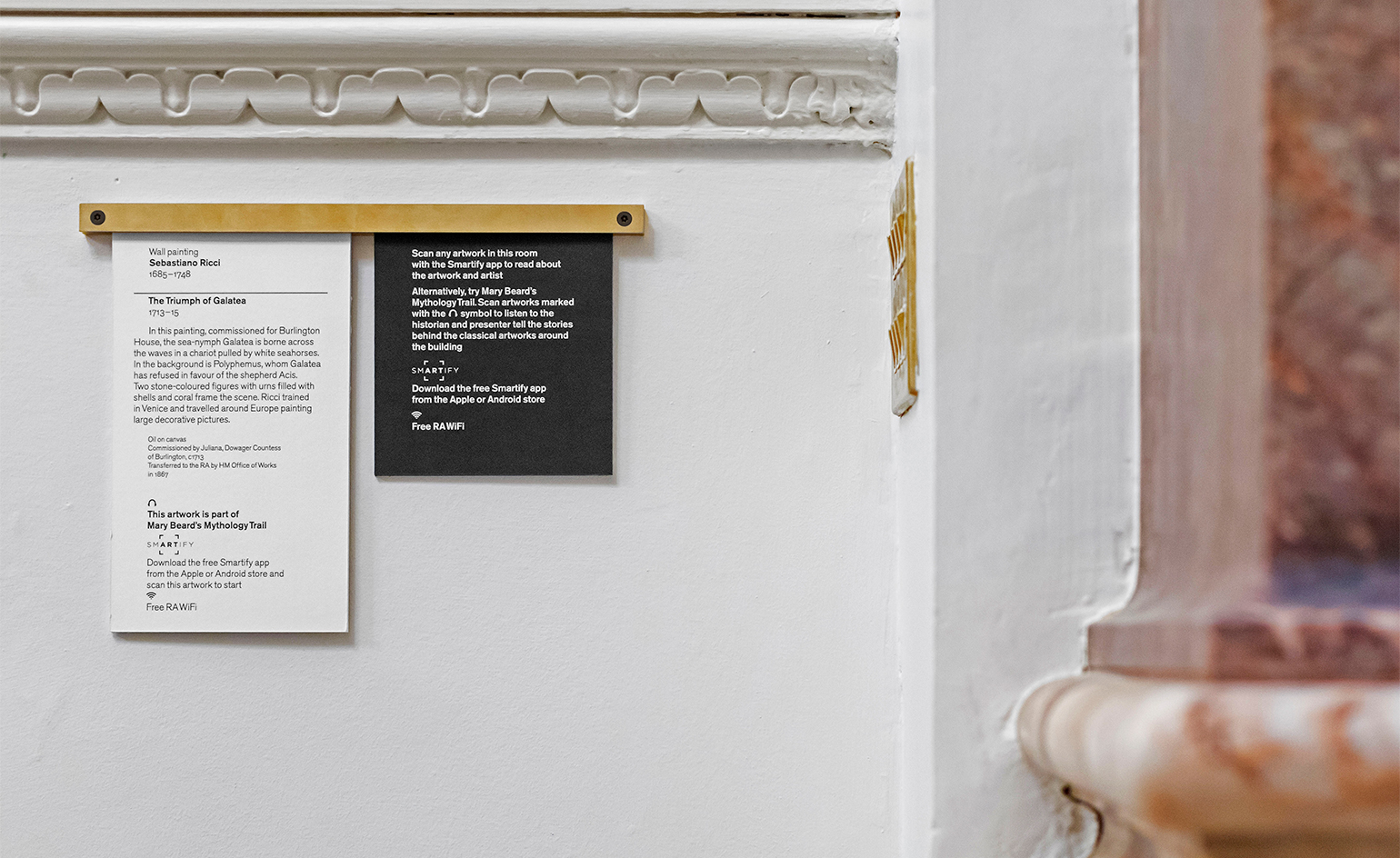 Graphic design studio LucienneRoberts+ reimagines the display system at the Royal Academy
Graphic design studio LucienneRoberts+ reimagines the display system at the Royal AcademyBy Charlotte Jansen